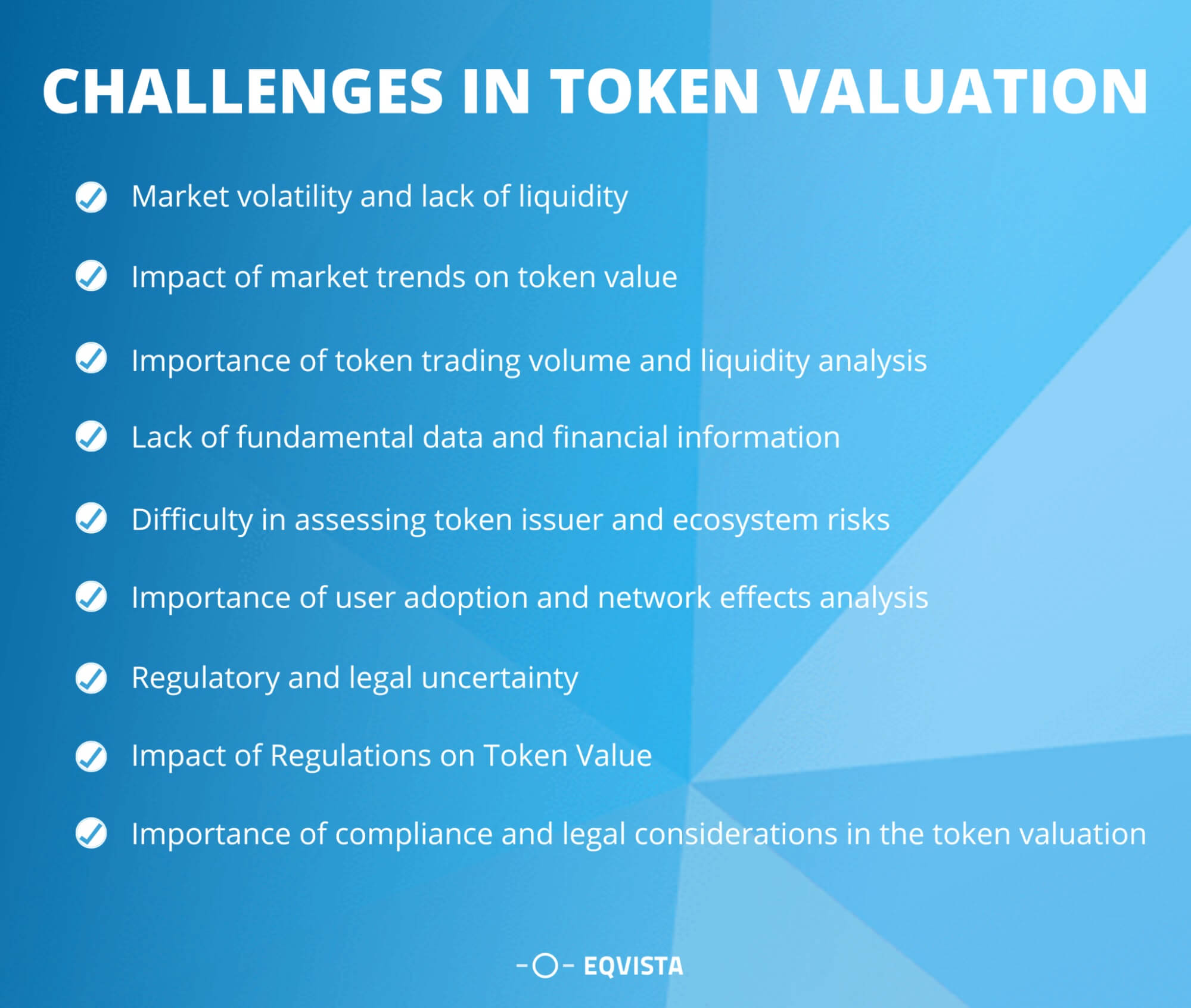Liquidity Analysis for Tokens

- Understanding Liquidity Analysis for Tokens
- Key Metrics to Consider in Liquidity Analysis
- The Importance of Liquidity for Token Investors
- Comparing Liquidity Across Different Token Platforms
- Strategies for Improving Liquidity of Tokens
- Challenges in Conducting Effective Liquidity Analysis
Understanding Liquidity Analysis for Tokens
Understanding liquidity analysis for tokens is crucial for investors looking to make informed decisions in the cryptocurrency market. Liquidity refers to the ease with which an asset can be bought or sold without causing a significant change in its price. When it comes to tokens, liquidity analysis involves assessing the depth of the market and the volume of trading activity.
One key metric used in liquidity analysis is the bid-ask spread, which is the difference between the highest price a buyer is willing to pay and the lowest price a seller is willing to accept. A narrow bid-ask spread indicates high liquidity, while a wide spread suggests low liquidity. Additionally, trading volume is another important factor to consider, as higher trading volumes typically indicate greater liquidity.
Investors should also pay attention to the order book, which shows all the buy and sell orders for a particular token at different price levels. By analyzing the order book, investors can gain insights into the depth of the market and potential price movements. Furthermore, monitoring the trading activity on different exchanges can help investors identify trends and make more informed decisions.
Key Metrics to Consider in Liquidity Analysis
When conducting a liquidity analysis for tokens, there are several key metrics that should be considered to assess the token’s liquidity. These metrics provide valuable insights into how easily a token can be bought or sold without significantly impacting its price. By analyzing these metrics, investors can make more informed decisions about the liquidity of a token.
- Trading Volume: One of the most important metrics to consider in liquidity analysis is the trading volume of a token. This metric measures the total number of tokens that have been traded within a specific period, typically 24 hours. Tokens with higher trading volumes are generally more liquid, as there is more market activity and a greater number of buyers and sellers.
- Order Book Depth: Another crucial metric to evaluate is the order book depth of a token. This metric shows the number of buy and sell orders at different price levels. Tokens with a deep order book are considered more liquid, as there is a larger pool of orders to fulfill buy and sell requests.
- Spread: The spread is the difference between the highest price a buyer is willing to pay and the lowest price a seller is willing to accept. A narrow spread indicates high liquidity, as there is less of a price difference between buyers and sellers. A wide spread, on the other hand, suggests lower liquidity.
- Slippage: Slippage refers to the difference between the expected price of a trade and the actual price at which the trade is executed. High slippage can indicate low liquidity, as large trades can significantly impact the token’s price.
- Market Depth: Market depth shows the total number of buy and sell orders at different price levels. Tokens with greater market depth are generally more liquid, as there is a larger volume of orders to absorb buying and selling pressure.
By considering these key metrics in liquidity analysis, investors can gain a better understanding of a token’s liquidity and make more informed investment decisions. It is essential to assess these metrics in conjunction with other factors to get a comprehensive view of a token’s liquidity profile.
The Importance of Liquidity for Token Investors
When it comes to investing in tokens, one of the key factors that investors need to consider is liquidity. Liquidity refers to how easily a token can be bought or sold on the market without significantly impacting its price. For token investors, liquidity is crucial as it allows them to enter and exit positions quickly and at a fair price.
Investors should pay close attention to the liquidity of a token before making any investment decisions. Tokens with high liquidity are typically more attractive to investors as they offer greater flexibility and lower risk. On the other hand, tokens with low liquidity can be difficult to sell, leading to potential losses if the market turns against the investor.
By analyzing the liquidity of a token, investors can gain valuable insights into its market dynamics and potential risks. Factors such as trading volume, order book depth, and exchange listings all play a role in determining the liquidity of a token. It is important for investors to conduct thorough liquidity analysis to ensure that they are making informed investment decisions.
Comparing Liquidity Across Different Token Platforms
When comparing liquidity across different token platforms, it is essential to consider various factors that can impact the overall liquidity of a token. One key factor to analyze is the trading volume of the token on different exchanges. Higher trading volumes typically indicate higher liquidity as there are more buyers and sellers in the market.
Another important factor to consider is the spread between the buy and sell prices of a token. A narrower spread indicates higher liquidity as it is easier to buy and sell the token without incurring significant losses due to price differences.
Additionally, the depth of the order book on an exchange can provide insights into the liquidity of a token. A deeper order book with more buy and sell orders at various price levels indicates higher liquidity as there is more trading activity happening on the platform.
Furthermore, analyzing the historical liquidity data of a token can help in understanding how liquid the token has been in the past and whether there have been any significant fluctuations in liquidity over time. This information can be valuable in predicting future liquidity trends for the token.
Strategies for Improving Liquidity of Tokens
One effective way to improve the liquidity of tokens is by implementing various strategies that can help increase trading volume and market depth. By enhancing liquidity, token holders can easily buy or sell their tokens without significantly impacting the price. Here are some strategies to consider:
- 1. **Provide Incentives:** Offering rewards or incentives to liquidity providers can encourage them to add more tokens to the liquidity pool, thereby increasing liquidity.
- 2. **Market Making:** Engaging in market making activities can help maintain a stable market for the token by continuously providing buy and sell orders.
- 3. **Partnerships:** Collaborating with other projects or platforms to increase token utility and reach a wider audience can boost liquidity.
- 4. **Token Burns:** Implementing token burns can help reduce the token supply, potentially increasing scarcity and demand, which can positively impact liquidity.
- 5. **Liquidity Mining:** Introducing liquidity mining programs can incentivize users to provide liquidity by rewarding them with additional tokens.
By incorporating these strategies into the token ecosystem, issuers can work towards improving liquidity, which can ultimately benefit token holders and the overall market dynamics.
Challenges in Conducting Effective Liquidity Analysis
When it comes to conducting effective liquidity analysis for tokens, there are several challenges that need to be addressed. One of the main challenges is the lack of standardized metrics for measuring liquidity in the token market. Without a consistent set of metrics, it can be difficult to compare the liquidity of different tokens accurately.
Another challenge is the volatility of the token market, which can make it challenging to assess liquidity accurately. Prices can fluctuate rapidly, leading to sudden changes in liquidity levels. This volatility can make it difficult to predict how liquid a token will be in the future.
Additionally, the lack of transparency in the token market can make it challenging to gather accurate data for liquidity analysis. Many token issuers do not provide sufficient information about their tokens, making it difficult to assess their liquidity accurately.
Overall, conducting effective liquidity analysis for tokens requires overcoming these challenges and developing a comprehensive understanding of the market. By addressing these challenges, investors can make more informed decisions about which tokens to invest in based on their liquidity levels.




